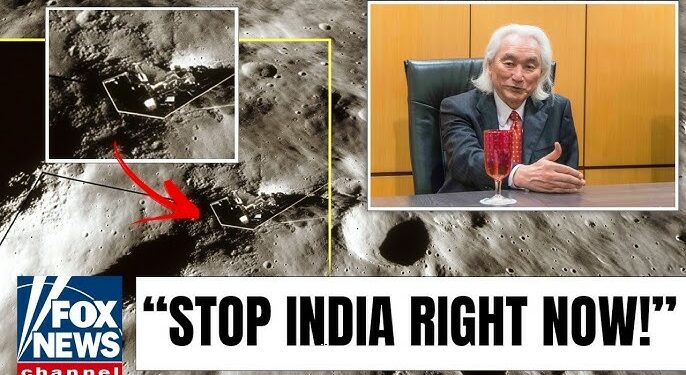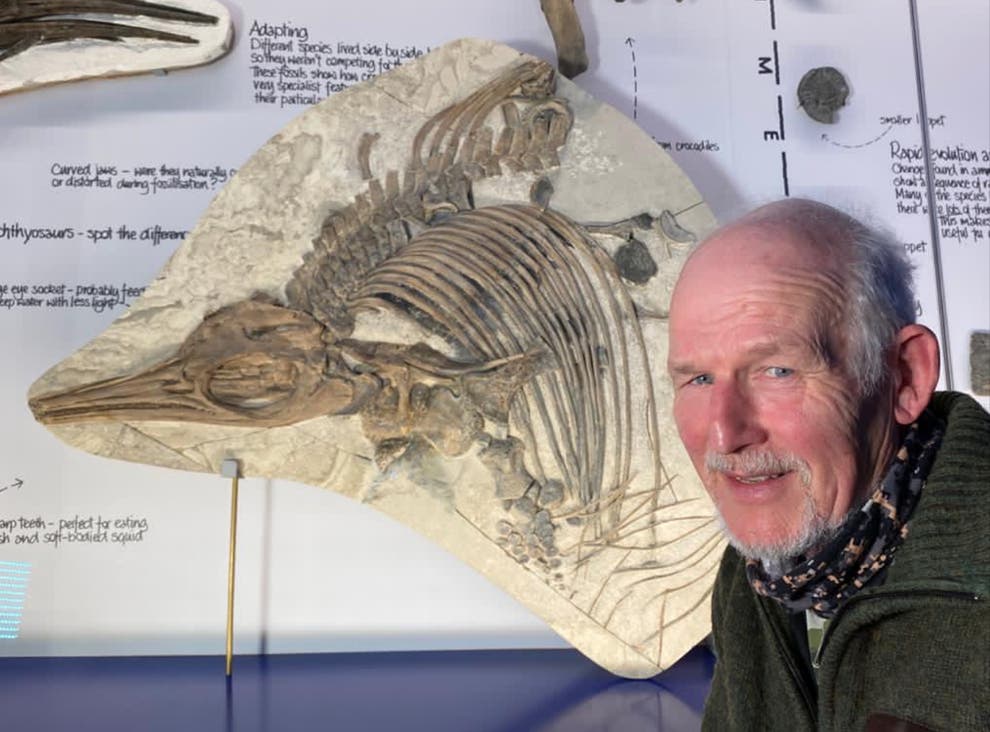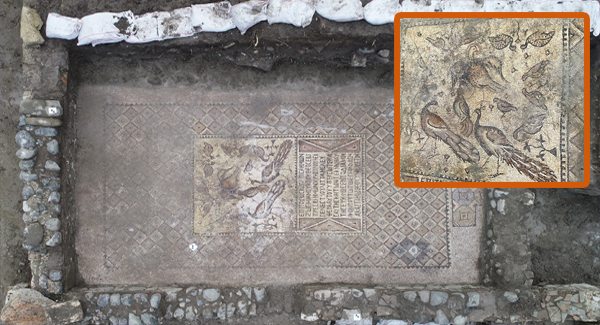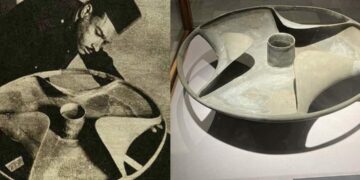India’s Chandrayaan-3 mission, launched by the Indian Space Research Organisation (ISRO) on July 14, 2023, from Sriharikota, made history with a soft landing on the Moon’s South Pole on August 23, 2023. This marked India as the fourth nation to land on the Moon and the first to explore the South Pole, a region rich with scientific potential. Following the setback of Chandrayaan-2 in 2019, Chandrayaan-3’s success solidified India’s role in global space exploration.
Why the South Pole?
The South Pole’s permanently shadowed craters contain frozen water ice, remnants from the Solar System’s infancy, potentially 4.5 billion years old. This water could support future lunar bases by providing oxygen, fuel, and hydration. NASA’s Artemis program, alongside efforts from China, Europe, and Russia, targets this region for permanent outposts by 2030. Chandrayaan-3’s achievement positions India as a key player in this global race.
Mission Components
Chandrayaan-3 comprised three parts:
- Propulsion Module: Orbited the Moon, carrying the Spectro-polarimetry of Habitable Planet Earth (SHAPE) to study Earth’s atmospheric light.
- Vikram Lander: A 1,700 kg, 2-meter-tall lander that housed the rover and conducted surface experiments.
- Pragyan Rover: A 26 kg rover equipped with advanced tools, including:
- Laser-Induced Breakdown Spectroscopy (LIBS)
- Alpha Particle X-ray Spectrometer (APXS)
- Ground-Penetrating Radar
- Chandra’s Surface Thermophysical Experiment (ChaSTE)
- Instrument for Lunar Seismic Activity (ILSA)
These instruments analyzed the Moon’s surface composition, temperature, subsurface structure, and seismic activity over one lunar day (14 Earth days), operating from August 23 to September 2023. The mission’s $75 million budget, a fraction of NASA’s Artemis costs, showcased India’s cost-effective approach.
Key Findings
Pragyan’s LIBS and APXS confirmed expected elements in the lunar regolith—sulfur, aluminum, calcium, iron, chromium, titanium, manganese, silicon, and oxygen—consistent with Apollo, Luna, and China’s Chang’e missions. However, an anomaly emerged: traces of an unknown material that absorbed electromagnetic radiation in unprecedented ways, defying known physics. Detected near Shiv Shakti Point (69.37°S, 32.32°E), this substance had no match in Earth’s crust, lunar samples, meteorites, or asteroids.
Renowned physicist Michio Kaku called this discovery groundbreaking yet unsettling. If natural, it challenges fundamental chemistry and physics, possibly linked to the Moon’s violent formation 4.5 billion years ago. If artificial, it raises questions about its origins—extraterrestrial or otherwise. The material’s energy-absorbing properties could revolutionize energy storage, stealth technology, or propulsion but also pose risks if misused.
Heat Signatures and Subsurface Mysteries
ChaSTE measured surface temperatures—50°C at the surface, 70°C at 20 mm depth, and -10°C at 80 mm—typical for the Moon’s poles. However, it detected unexpected heat pulses from beneath the surface, fluctuating in a dynamic pattern. The Moon, geologically inactive for billions of years, shouldn’t produce such activity. Theories suggest lingering heat from the ancient magma ocean or energy interactions with the unknown material. ILSA recorded over 250 seismic signals, including moonquakes, but no direct link to the heat pulses.
Pragyan’s ground-penetrating radar revealed a massive cavern beneath Shiv Shakti Point, large enough to house a small city. Structured, metallic-like features with high conductivity suggested a grid-like layout, hinting at artificial design rather than natural formations. ISRO remains cautious, but online speculation on platforms like X ranges from extraterrestrial bases to ancient human technology. Kaku urges an international coalition to study these findings carefully, warning against disturbing the site.
Additional Discoveries
Chandrayaan-3 uncovered a 160 km-wide ancient crater buried in the South Pole-Aitken Basin, older than 4.4 billion years, offering clues to the Moon’s early history. The mission’s data, combined with NASA’s Lunar Reconnaissance Orbiter, enhances global lunar science.
Implications and the Future
These discoveries—unknown materials, heat pulses, and structured caverns—challenge decades of lunar science. They could unlock technological leaps but also carry risks if misunderstood. Kaku’s call for caution resonates as NASA’s Artemis, China’s Chang’e, and ISRO’s planned Chandrayaan-4 (2025–2026) target the South Pole’s resources. Geopolitical tensions may complicate collaboration, but the findings demand a unified approach.
For global audiences, Chandrayaan-3 is more than India’s triumph—it’s a shared milestone. The Moon’s South Pole, with its water ice, minerals, and mysteries, is no longer a barren frontier but a gateway to humanity’s future. As Kaku reflects, these discoveries raise existential questions: Are we alone? What lies beyond? The answers await, but they require care, curiosity, and humility.
What’s your theory? Share below and join the journey as humanity uncovers the Moon’s deepest secrets.

























